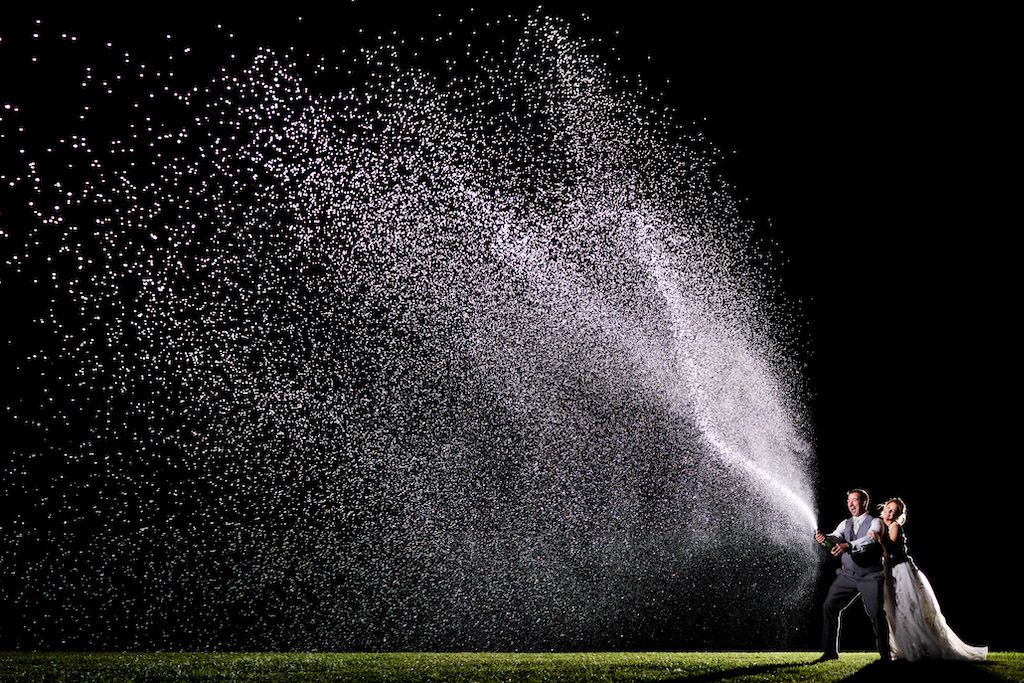More and more people are realizing that photography is a valid career path. But as students approach this technical and creative field, most think that they need high end gear to get the job done. I’m here to tell you that is not the case.
There is a saying in the photography industry that “gear doesn’t matter.” While I agree with this sentiment to a point, I also believe that gear can make a huge difference. I could talk about this for a full article but in short, professionals use new and high end gear for a reason. But, photographers of the past have created amazing work with less technology than what most people have on their cell phones. The key here is to get what works and upgrade when you have reached the limits of what your gear can do.
An example we can use is autofocus. Photographers of the past got by with manual focus lenses and got the job done. But that doesn’t mean autofocus won’t help you get the job done. If your work isn’t extremely fast-paced, you may not need the latest and greatest autofocus technology with realtime tracking.
So what do you need? Where is the compromise? There are a ton of ways you could go. For now, I’m going to walk through what I personally would do if I was just getting started and wanted to stay on a budget.
Camera
For the camera, I would want to get something fairly new but that has also been out for a while. Another good way to go is look for one generation back from what is currently the latest model. An example of this would be if you wanted a higher resolution camera. Instead of getting the Sony A7RIV, you could get the A7RIII. Another great option is to buy used. Adorama has a great used gear listing and would probably be my starting point for everything I wanted to buy.
For me, I know I don’t really need the higher resolution files. In fact, I prefer something smaller because the larger file sizes can be annoying to workflow. If I wanted something amazing that was also reasonably priced, I’d get a lightly used or new Sony A7III. This camera has very good autofocus, dynamic range, image stabilization, and is one of the cheaper options within its skill set while also being a full frame sensor.
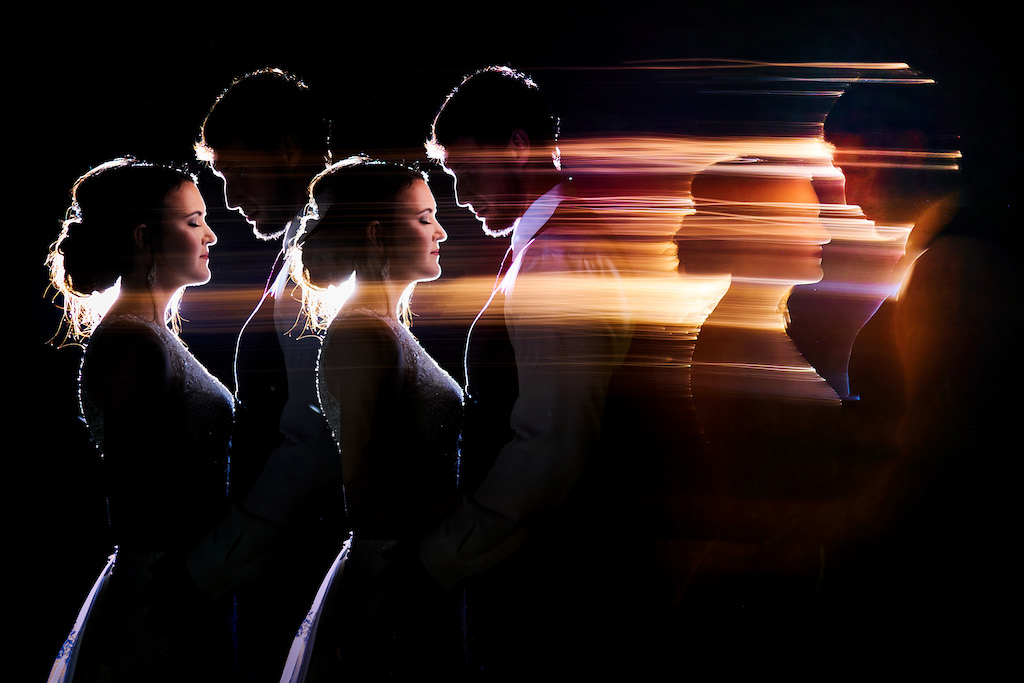
Lens
When it comes to lenses, less is more. When I first started, I had a bag full of lenses. But as I grew more wise, I eventually paired that list down to 2. For 7ish years, I shot everything with a 35mm lens and 85mm lens. Just recently I added a third lens to my bag and only because I reviewed the 24mm GM lens and fell in love with it. Although, its not a must-have when starting out.
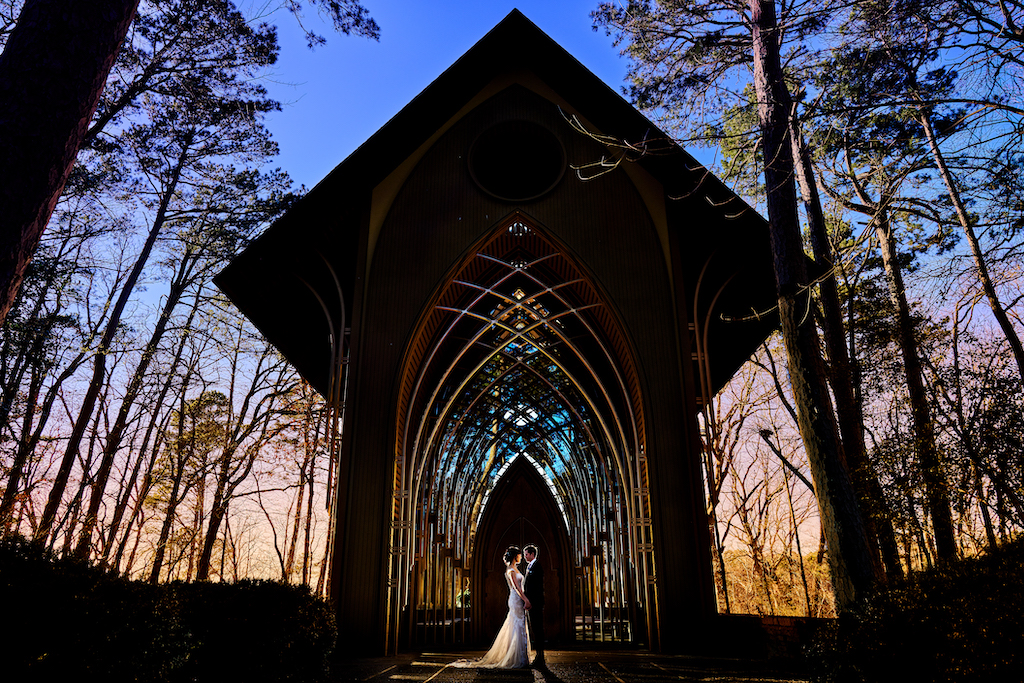
As you can tell, I am also a fan of prime lenses. Not only are they smaller, lighter, faster, and sharper, but they also make you use the lens for what it’s designed for. When people use a zoom lens, what tends to happen is they use the zoom ring as a way to get closer or further from a subject. What you are doing is changing the focal length of the lean. What you should be doing is using a focal length for it’s specific properties like field of view, compression, or depth of field, then use your feet to get closer or further from a subject. This is why some photographers refer to zoom lenses as a “lazy photographer’s lens.” They use them so they don’t have to actually move.
If I was buying lenses on a budget right now, I’d go for the trusty 35mm and 85mm combo. In order to save a bit more, I’d also go with the f/1.8 versions. Going from an f/1.8 version lens to an f/1.4 lens can be a drastic increase in price but also in size and weight. So I would get the Sony 35mm f/1.8 and the Sony 85mm f/1.8. Again, I’d first check the Adorama Used market for these. From here, I’d work as long as I could with these two lenses until I was dead certain I needed another lens or simply worked long enough to justify adding more.
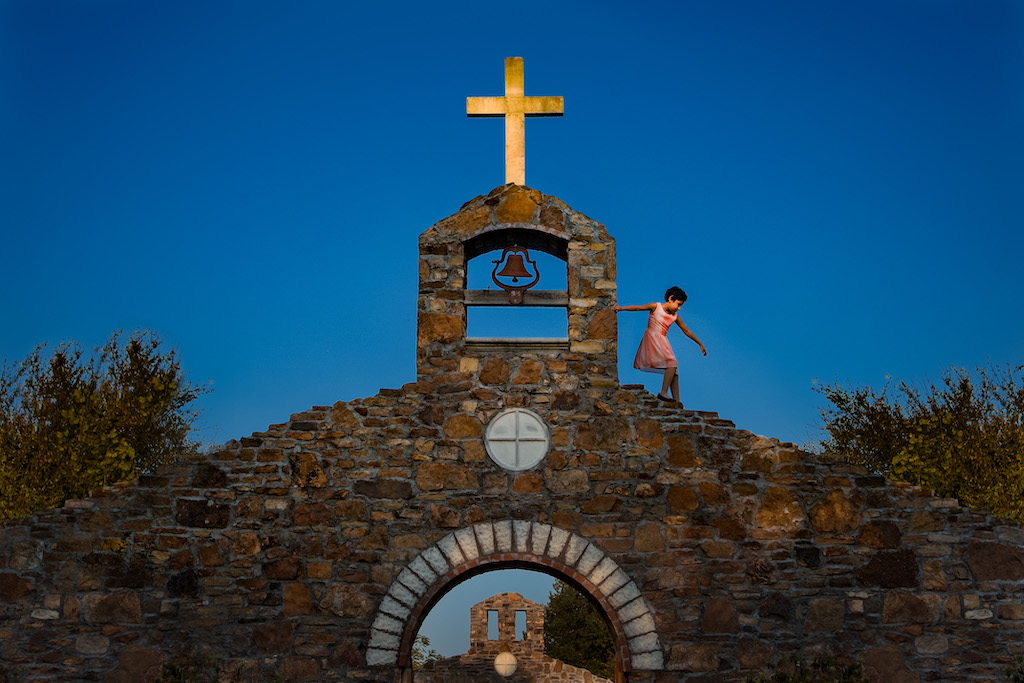
Lights
This is going to be an easy section. I have used a lot of really expensive lights and even having some higher end lights in my closet, I still reach for my Flashpoint Evolv 200 Pro. Not only does it have rough power for almost every situation, but the price is extremely reasonable. For the cost of two lights and a trigger, you could barely get a trigger from one of the other popular higher end brands. The flashpoint trigger even gives you more options and features. If you want to know more of what I think about this light, you can check out a recent review I wrote about it that will give you more details.
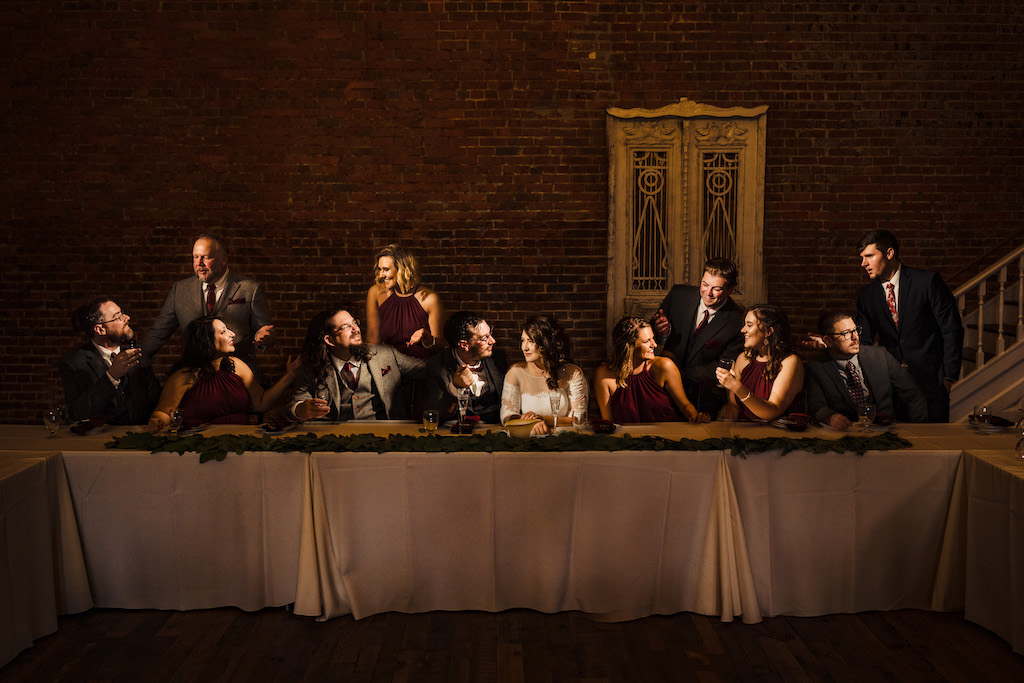
Other Accessories
Outside of these 3 key items, you will also need things like a computer, camera bag, memory cards, software, light stands, modifiers, etc. All these items can quickly add up. Remember you don’t need a new computer to edit photos. Also, if you can go with a desktop computer, you will save some money over a comparable laptop. Adorama also has some great modifiers that won’t break the bank. I’d suggest starting with a simple grid and gel setup and a medium-sized softbox.
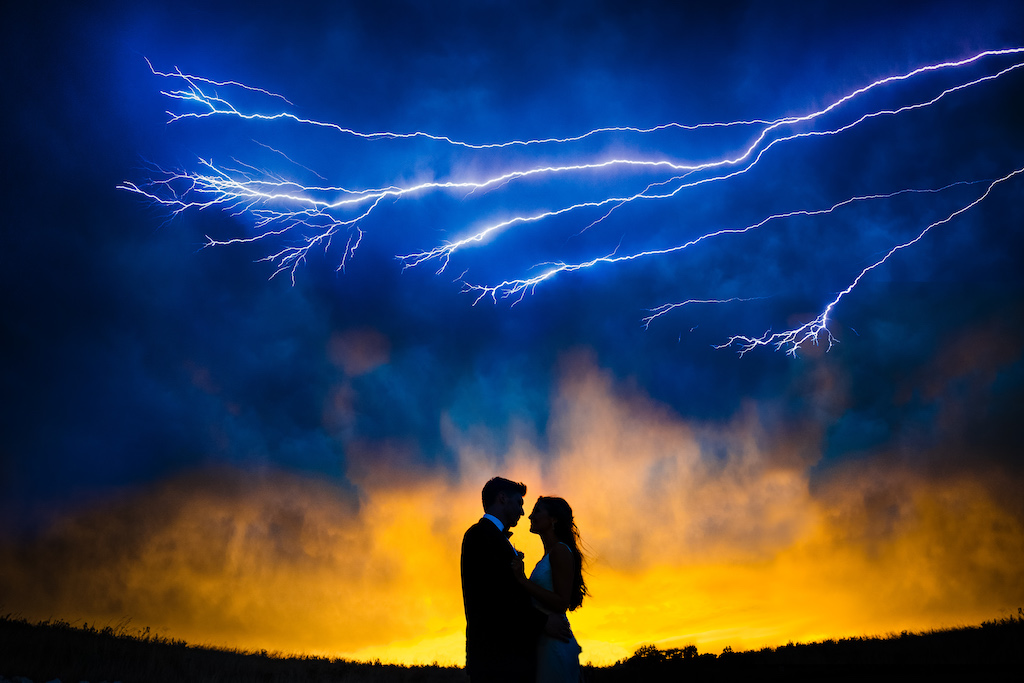
In this article, I am specifically referencing Sony gear because that is what I know best. I am sure there are similar or comparable models across other brands. If you are looking into another brand, there are a ton of brand-specific facebook groups that would be very useful. Also, if you want to see all the gear I use right now, you can see that on this post.
Article and Photos by Jason Vinson

